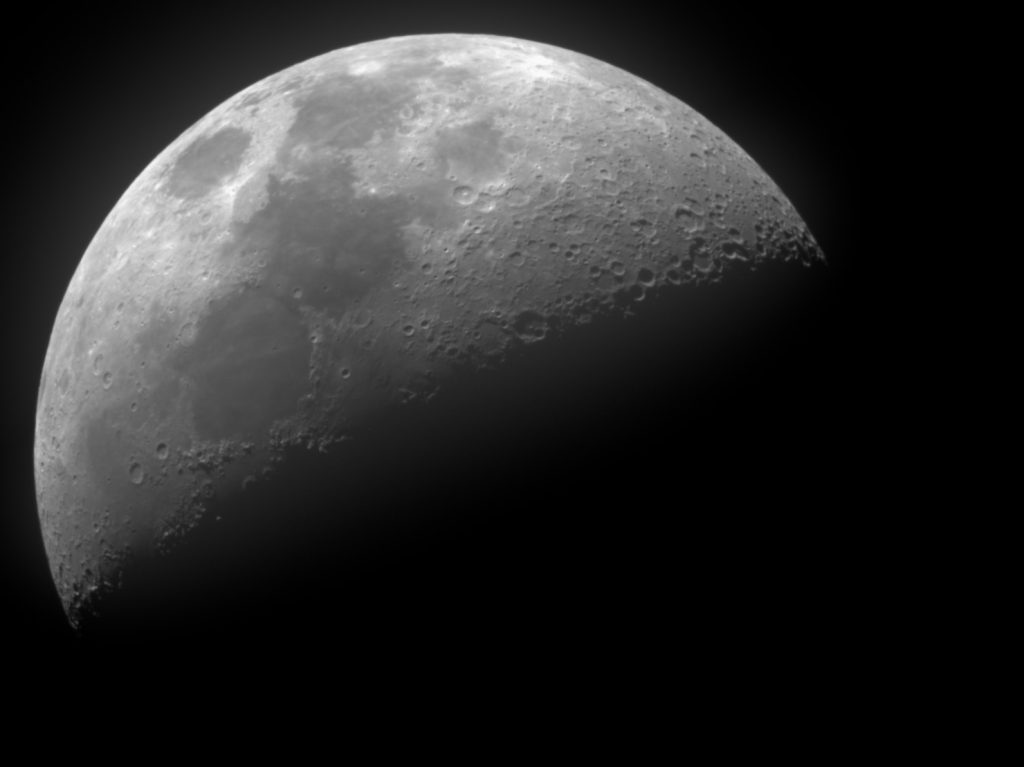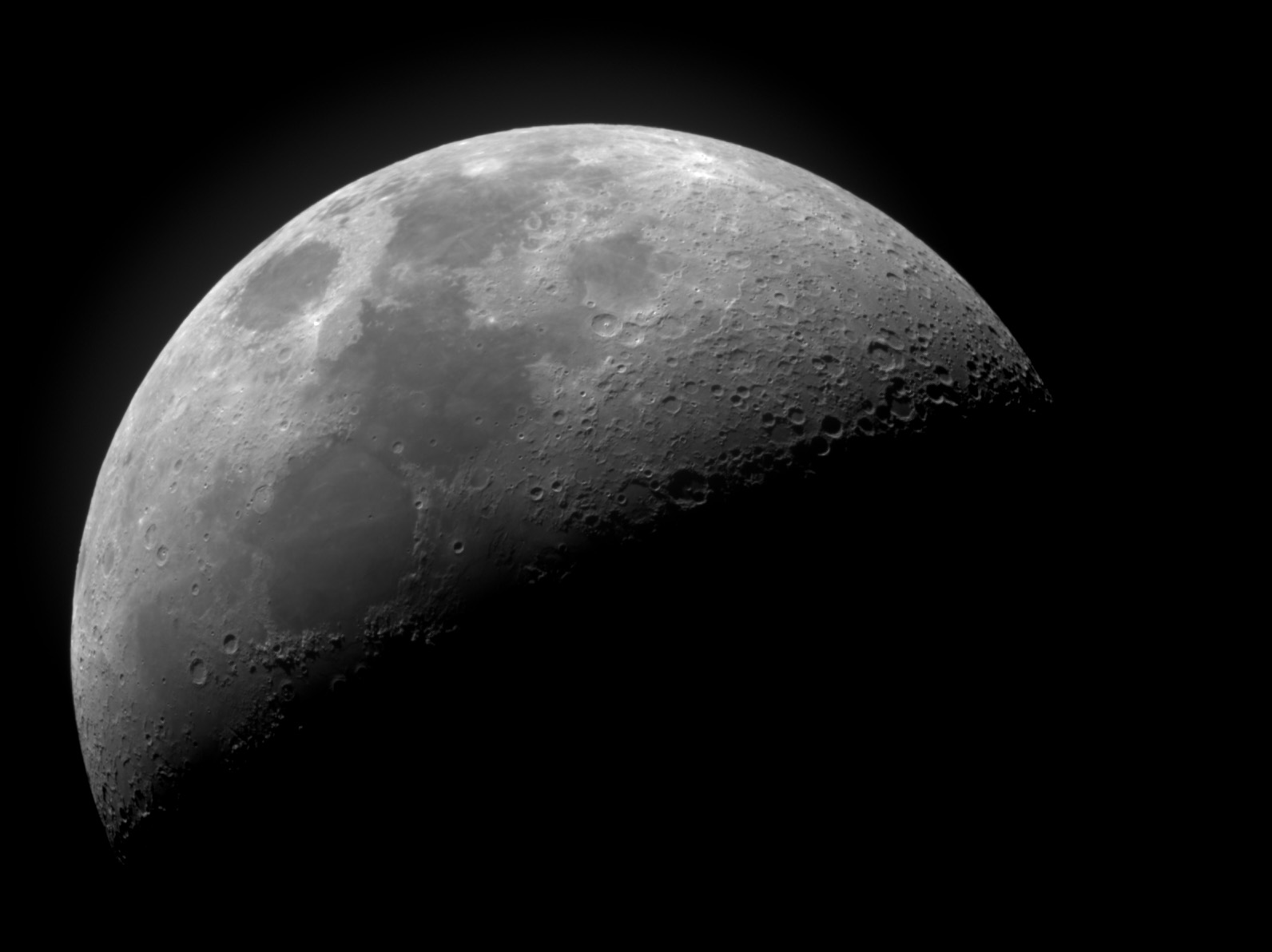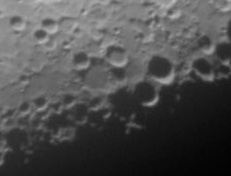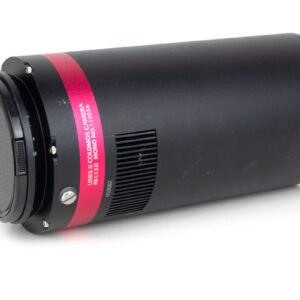Every month I do a “what’s in the sky” talk at the Astronomical Society of Victoria. The talk is fairly formulaic, and part of it is to describe what the Moon is doing this month. Actually, the Moon is getting in the way of quite a lot of things this month, there’s both a lunar and solar eclipse – but that’s not what I’m talking about here.
One of the features you can see – fleetingly – on the Moon at about the time of the first quarter, is known as the Lunar X. This is a somewhat enigmatic pattern of light that’s cast by the rising Sun over a complex group of walls near the Werner crater. It’s only visible for about 45 minutes each lunar cycle and because the Earth rotates, you can only see it a couple of times each year.
Apparitions of the Lunar X are quite predictable, and I announce visible ones in the talks. Of course, when I announced one this month I knew I’d be remiss in not at least attempting to get a shot.
Of course there’s a story
I was tired, it was Tuesday, I wanted to go to bed, but the apparition was due at about 10:30. The weather was looking iffy as well, with a high, light hazy cloud over everything. The Moon was easily visible and from Melbourne it looked pretty watery.
But the great thing about a remote dome is that you don’t have to set anything up, just hop on your computer and drive. So I checked the weather for Central Victoria – it was OK, and checked the weather station at the dome – it was also OK. I fired up the dome and groped around a little trying to find the Moon. Plate solving is very hit and miss when you’re staring down the barrel of a huge light.
The telescope in the dome is an Esprit 100, and it has a QHY268C camera. These combine to produce a field of view is about six times the size of the Moon. I didn’t want to spend precious seconds downloading acres of black, so I used SharpCap to set a region of interest. Now I could maximise the number of frames per second I would get, I just had to sit and wait.
About a half hour before the apparition, I got a pretty clear image. I got a series of 100 images (that took me four seconds) and stacked the best ten per cent using Registax. Here is the image.
Clearly I was too early. You can see the hint of another feature, the “Lunar V” on the terminator right in the middle, but no X. I had to wait. But the clouds were building up, and occasionally the Moon was lost completely.
About five minutes before the apparition, I got a poor shot through the haze. It turned out that this was all I was going to get – that was my lot. I’ve added the shot as the headline image for this blog. You can see it is not as good as the cloud-free image, especially in the upper parts, where the line between the Moon and the dark background is very hazy. However, the Lunar X is there, on the terminator about three quarters of the way to the right.
Here’s an extreme crop, and I’ve tortured the image to the point where it’s useful as a guide.
I suspect another few minutes would have improved things, but that was not to be. The clouds only got thicker.
Sometimes we have to be satisfied with what we’ve got. At least I was in bed by 11!
For more information, have a look at the Wikipedia article.





